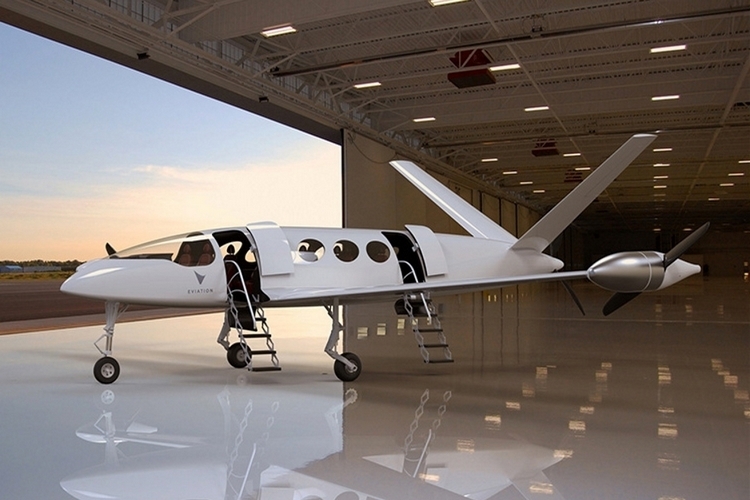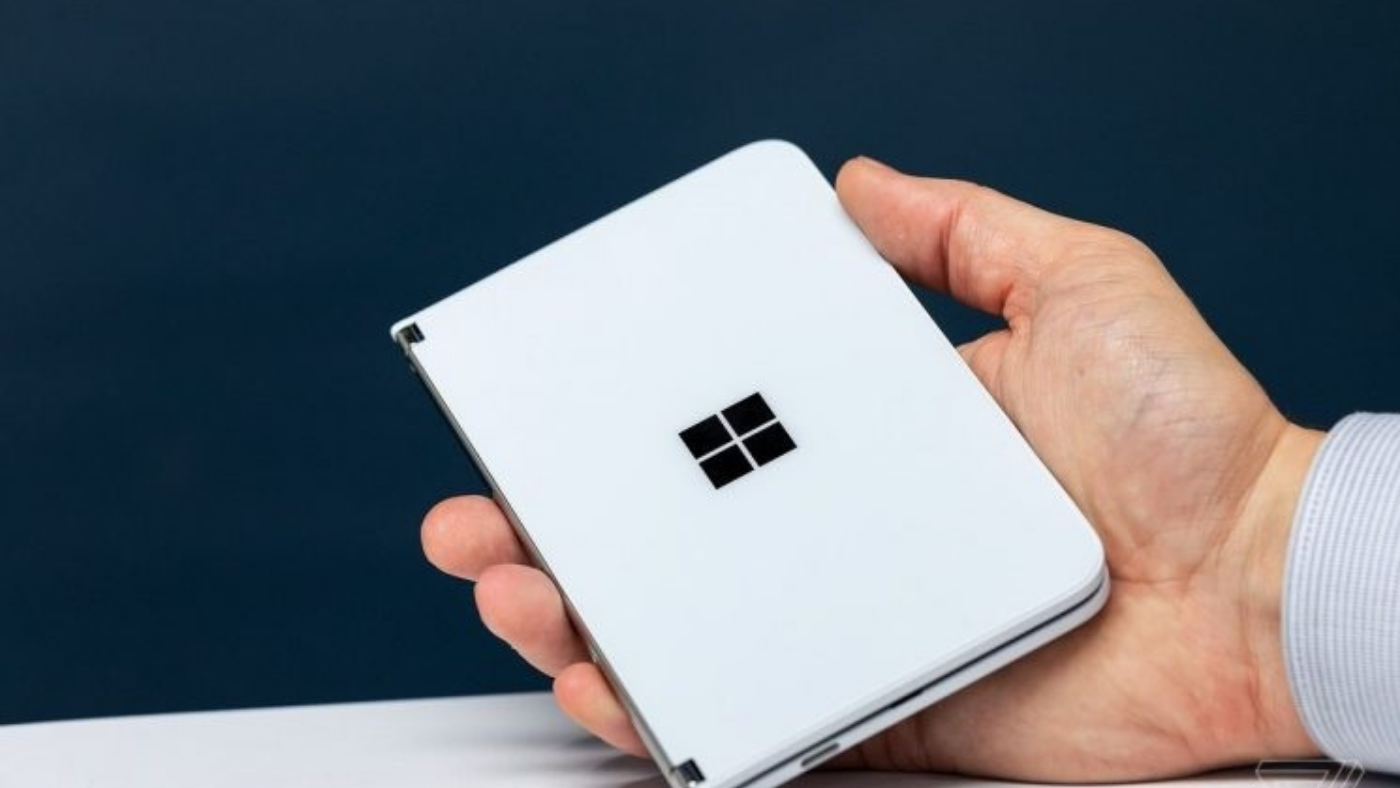EVIATION
 Israeli company presents fully electrified aircraft
Israeli company presents fully electrified aircraft
Aerospace companies are joining forces to try to cope with the industry's growing contribution to greenhouse gas emissions.
And, faced with this problem, electric motors are seen as a possible solution.
But will it be sufficient to compensate for the growing demand for air travel by the population?
The Paris-Le Bourget International Aeronautics and Space Show, also known as the Paris Air Show, this week presented the world's first all-electric commercial airliner, albeit a prototype.
Israeli company Eviation says the aircraft, called Alice, could carry nine passengers on a journey of up to 1,040 km and at 440 km / h.
The aircraft is expected to be ready to go into service in 2022. Alice looks unconventional.
It has three rear-facing propellers, one on the tail and two on the wingtip to counteract the drag effects. It also has a flat bottom fuselage to help support it.
"This plane is not like that because we want to build a great airplane, but because it is electric," said Eviation CEO Omer Bar-Yohay.
 Fuel Economy
Fuel EconomyEviation has already received its first orders. American regional airline Cape Air, which operates a fleet of 90 aircraft, has agreed to buy "double-digit" aircraft.
The company is using Siemens and MagniX as suppliers of electric motors. According to magniX director Roei Ganzarski, the business potential for small electric airplanes is evident if you take into account the 2 billion airfares sold per year for flights less than 400 km away.
And, in addition, electricity is much cheaper than conventional fuel.
A small airplane like a Cessna Caravan turboprop can spend $ 400 on conventional fuel for a 100-mile flight, Ganzarski said. But with electricity, this cost "will be between $ 8 and $ 12, which means much lower costs per hour of flight," he said.
 "We are not an environmental company. The reason we do this is because it makes commercial sense," he said.
"We are not an environmental company. The reason we do this is because it makes commercial sense," he said.MagniX is currently working with Canada-based Harbor Air to begin converting its fleet into an electric one.
The future also looks optimistic in the case of medium-range flights - up to 1,500 km.
 Unlike Alice, aircraft targeting this range would use a combination of power from conventional and electric fuel, which would significantly reduce CO2 emissions by linking the electric component of their propulsion to key points in the flight, such as takeoff and landing.
Unlike Alice, aircraft targeting this range would use a combination of power from conventional and electric fuel, which would significantly reduce CO2 emissions by linking the electric component of their propulsion to key points in the flight, such as takeoff and landing.
 First positive results
First positive resultsSeveral projects undergoing testing are showing positive results.
For example, Rolls-Royce, Airbus and Siemens are working on the E-Fan X program, which will install a two-megawatt electric motor on a BAE 146. It is estimated that it can fly in 2021.
"There is a lot of effort involved in that. Engineering is absolutely groundbreaking and our investment in electrical systems is growing rapidly," said Rolls-Royce chief technology officer Paul Stein.
Eviation

No comments:
Post a Comment